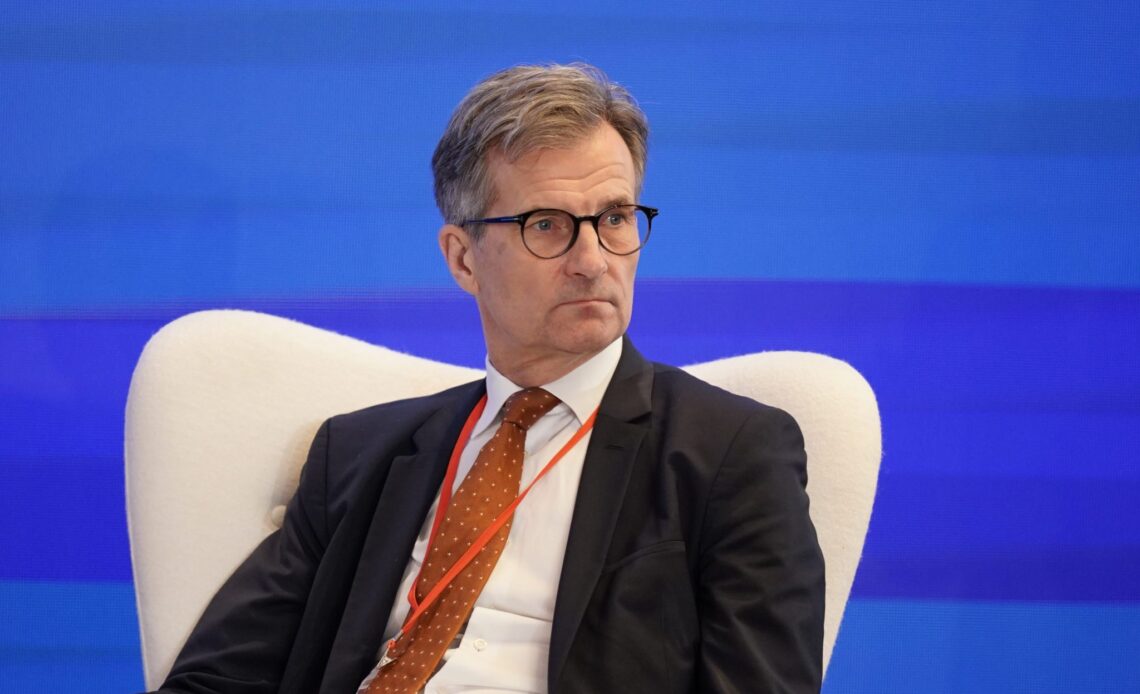Sweden has taken the bold move of cutting interest rates, surprising some analysts and marking a new phase in global monetary policy that could accelerate economic expansion or return countries including the U.S. to a more cautious approach.
The Riksbank moved Thursday morning to slash its base interest rate from 4% to 3.75%, following other small European countries including Switzerland and Hungary in declaring the worst was over in the battle with inflation.
Sweden’s preferred measure of inflation has fallen to 2.2%, close to the Riksbank’s target of 2%. On the surface, it is a just reward for disciplined monetary policy that saw interest rates rise sharply from 2022 onwards to get ahead of the problem.
But with Sweden’s economy in recession, it may just be a sign of desperation.
“When inflation approaches the target while economic activity is weak, monetary policy can be eased,” the Riksbank wrote.
“If the outlook for inflation still holds, the policy rate is expected to be cut two more times during the second half of the year, in line with the forecast in March.”
Sweden’s economy contracted by 0.2% in the fourth quarter of 2023 compared with the same period in 2022. It was the third quarter in a row that Swedish GDP had contracted.
With the Fed expected to cut interest rates for the first time in its expansion cycle in either September or November, this marks the first time this century that Sweden had moved before the U.S. on an interest rate change, and other small countries might follow.
But there were good reasons for the Riksbank following the Fed’s lead for so long, and its leap of faith might leave it with more problems than it solves.
Currency troubles
In a note published last week, Morgan Stanley didn’t sugarcoat the myriad risks Sweden would be taking if it went ahead with a May rate cut.
While inflation has been falling, Morgan Stanley analyst Gabriela Silova pointed out that several pressures including rising oil prices and higher services inflation complicated the macro picture in Sweden.
There is also the issue of its currency, which commands a small fraction of the power of the U.S. dollar.
Sweden’s currency, the krona, is expected to fall in value following the Riksbank’s interest rate cut. Rate cuts typically weaken currency values by increasing the supply of available money relative to other currencies. This is particularly true for smaller currencies like…
Click Here to Read the Full Original Article at Fortune | FORTUNE…


